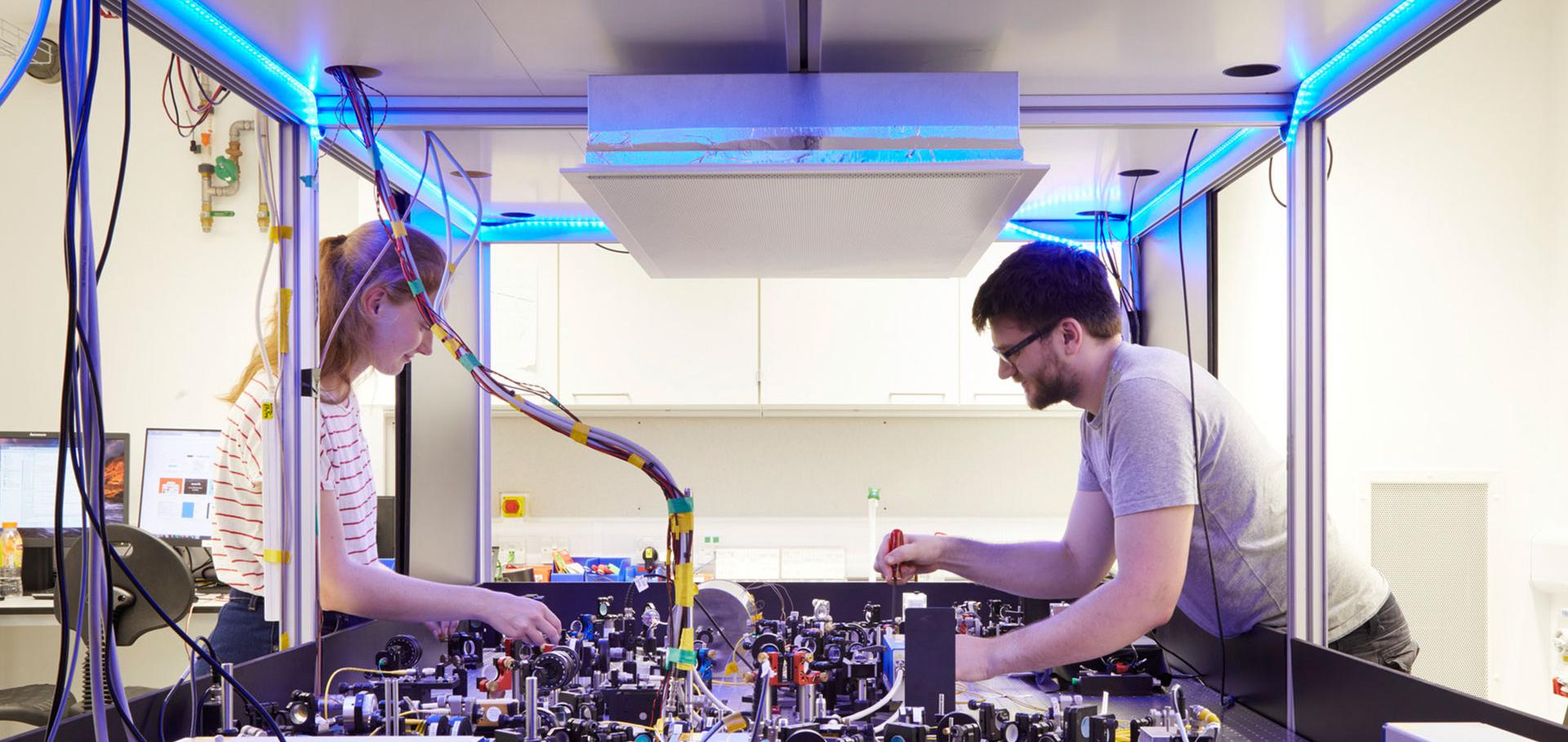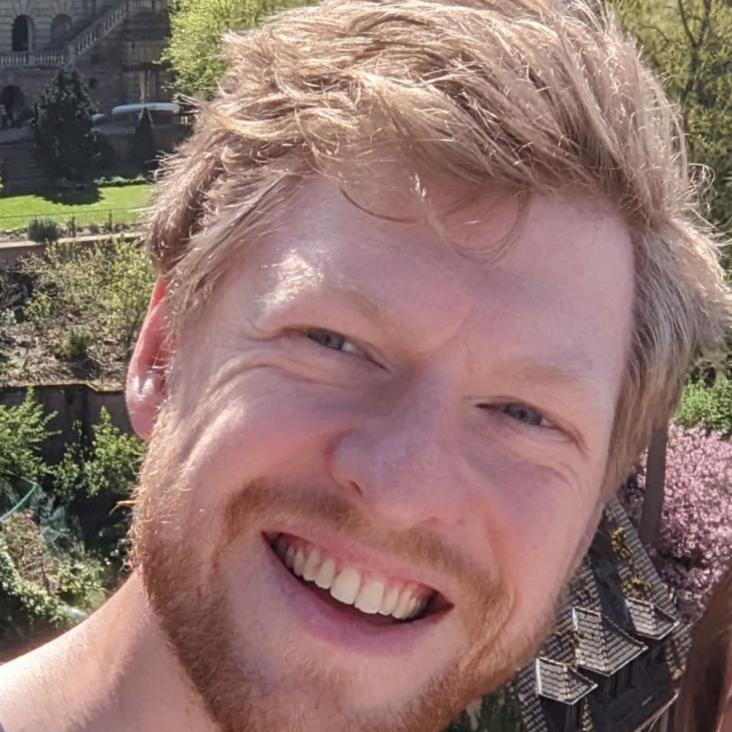Maintaining supersolidity in one and two dimensions
Physical Review A American Physical Society (APS) 104:6 (2021) 063307
Two-dimensional supersolidity in a dipolar quantum gas.
Nature 596:7872 (2021) 357-361
Abstract:
Supersolid states simultaneously feature properties typically associated with a solid and with a superfluid. Like a solid, they possess crystalline order, manifesting as a periodic modulation of the particle density; but unlike a typical solid, they also have superfluid properties, resulting from coherent particle delocalization across the system. Such states were initially envisioned in the context of bulk solid helium, as a possible answer to the question of whether a solid could have superfluid properties1-5. Although supersolidity has not been observed in solid helium (despite much effort)6, ultracold atomic gases provide an alternative approach, recently enabling the observation and study of supersolids with dipolar atoms7-16. However, unlike the proposed phenomena in helium, these gaseous systems have so far only shown supersolidity along a single direction. Here we demonstrate the extension of supersolid properties into two dimensions by preparing a supersolid quantum gas of dysprosium atoms on both sides of a structural phase transition similar to those occurring in ionic chains17-20, quantum wires21,22 and theoretically in chains of individual dipolar particles23,24. This opens the possibility of studying rich excitation properties25-28, including vortex formation29-31, and ground-state phases with varied geometrical structure7,32 in a highly flexible and controllable system.Birth, Life, and Death of a Dipolar Supersolid.
Physical review letters 126:23 (2021) 233401


